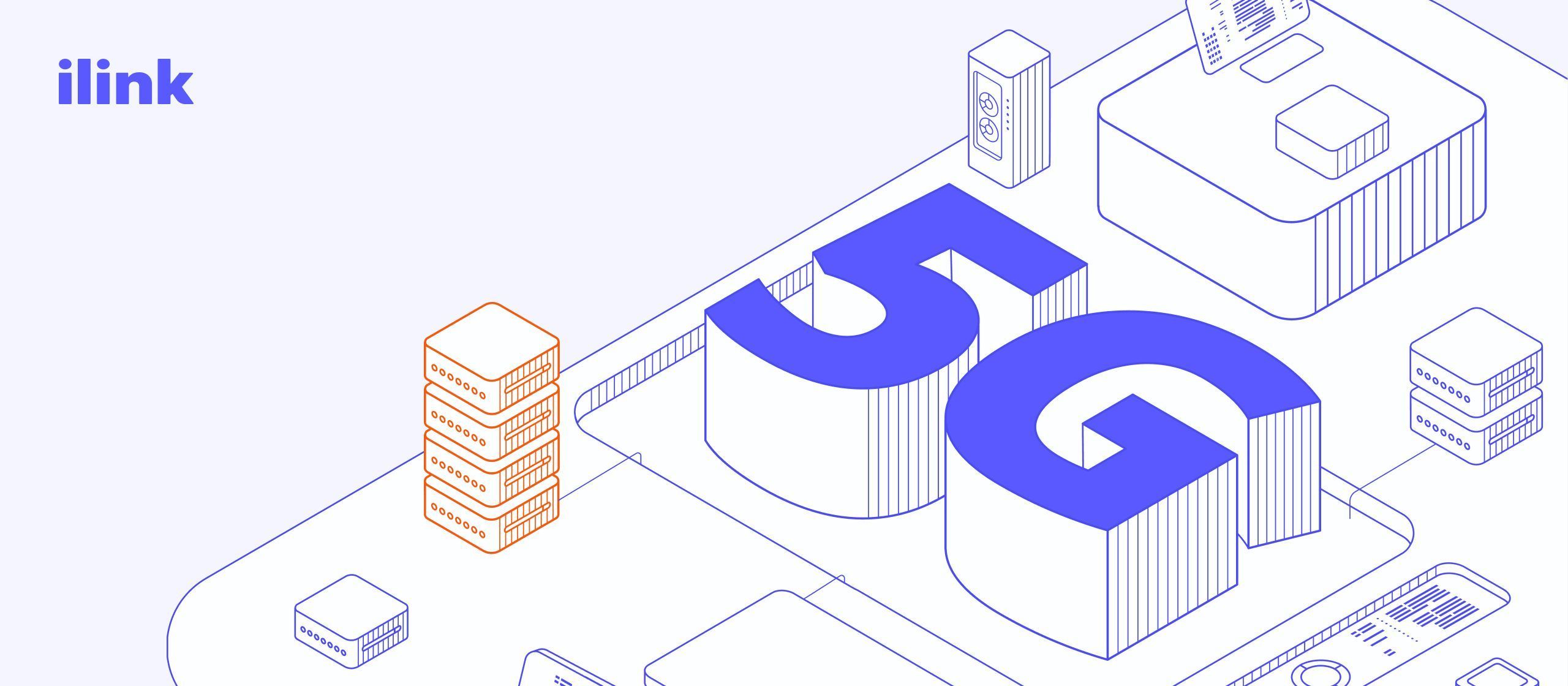What's the Difference Between Web3.0, Blockchain, Bitcoin, and Cryptocurrencies?
Bitcoin, Cryptocurrency, Blockchain, Web 3.0 - Clarifying These Concepts
We're going to talk about bitcoin, cryptocurrency, blockchain, and other terminology. Let me begin by clarifying these concepts.
Web 3.0:
- This is the next generation of the internet, which makes it more intelligent. Instead of just providing information, Web 3.0 allows computers to understand the meaning of this information.
- Smart contracts and artificial intelligence play a crucial role in Web 3.0. Smart contracts are programs that can automatically execute when specific conditions are met. AI can make the internet more intuitive by predicting your needs and providing personalized content.
Bitcoin:
- Bitcoin is a digital currency created in 2009. Its key feature is the absence of central control. Instead of a bank or government controlling its issuance and transactions, Bitcoin uses a decentralized network of computers.
- Bitcoin transactions are recorded in a publicly accessible database called the blockchain. The blockchain ensures transparency and security of transactions.
Cryptocurrency:
- This is a general term for all digital currencies, including Bitcoin. Cryptocurrencies use complex mathematical algorithms to provide security and authentication for transactions.
- They enable users to make online payments, bypassing traditional banks and payment systems.
Blockchain:
- This is the underlying technology of Bitcoin and many other cryptocurrencies. It's a chain of data blocks containing information about multiple transactions.
- The blockchain ensures reliability and security since altering data in a block requires consensus from most network participants. This makes the blockchain a reliable method for recording transactions and maintaining records.
Now it is time to discuss what Web 3.0 is, why everyone is eagerly anticipating this new era, and how it is related to blockchain technology.
Web 3.0: What It Is
So, Web 3.0 is the next era of the Internet. Is it true that there were two versions of the Web? Yes, that is correct.
In the wake of the emergence of Web 2.0, the idea was developed to divide the path of its development into numbers. Web 1.0 could be described as Read-Only. The period between 1991 and 2004 is generally considered to be this phase. During this period, websites on the Internet offered read-only content. The user was not involved in the creation of content and there was no interactivity or automation as we know it today. There were primitive designs on the sites, and the content was published by webmasters. There was no authorization, no registration, and no tracking.
According to Tim O'Reilly's article What Is Web 2.0, the 1.0 and 2.0 eras can be divided into two types. The Internet has undergone a systematic change, as noted by an American publisher and free software activist. A new phase of the Internet has begun, which is known as Read+Write Web. An increasing number of resources have been developed that allow users to communicate with each other. Technology has evolved and improved. It was possible to exchange messages and make calls. Content began to be added to the Internet by users themselves. People can add photos, videos, and articles to their blogs. As a result, large companies quickly jumped in and became trend-setters. In addition, user data has become a commodity for advertisers.
Corporations began eagerly collecting user data and enforcing censorship. Often, the owners of the content are not the authors of the content. Web 3.0 was the next stage in the development of the Internet, due in part to censorship, monopolization, and influence of the state on filtering on the Internet. Basically, it aims to decentralize from corporations and states and enable users to make their own decisions.
As of now, Web 3.0 is still in its infancy, and users are only beginning to understand the technologies, but it is already becoming a part of daily life.
This Internet age has the formula Read+Write+Own Web. Decentralization, artificial intelligence, machine learning, openness, freedom, and the semantic web will be its defining characteristics.
Web 3.0 will not be a new system, but rather a multifaceted concept that encompasses several different segments at once, such as the web itself, the Internet of Things, and various decentralized blockchains.
Blockchain: What It Is
The blockchain technology has emerged as one of the most promising directions in Web 3.0. It is characterized by decentralization and anonymity. Those who are tired of corporations and states constantly monitoring them will appreciate this. This is why the technology is developing so fast.
All members of the network have access to a distributed database using blockchain technology. Furthermore, blockchain does not store data itself, but rather records of events (transactions) in chronological order. Authenticity is verified for each new entry. In order to be entered into blockchain, they must be confirmed by a majority of the network participants. A record is grouped into a block, which is combined into a chain. The integrity of blockchain cannot be violated by altering or deleting data entered into it.
In various fields such as financial transactions, user identification, cybersecurity, logistics, banking organizations, and more, blockchain technologies are currently being utilized. In recent years, the technology has become increasingly innovative and has changed a number of business processes in companies, improving their efficiency, reliability, and security.
Let's discuss the use of blockchain in business in general. This technology offers a number of benefits.
- This creates a sense of trust between parties doing business together. All those involved in the transaction will have access to reliable, consistent, and verifiable data through this technology.
- Data is integrated into a single system, eliminating the need for multiple systems.
- Data security is ensured at a high level.
- The supply chain can be tracked and controlled.
- It verifies the authenticity of goods. It assists in the proof of copyright.
Many of these benefits are not exclusive to entrepreneurs, but are available to everyone. After all, blockchain is necessary anywhere the speed and reliability of data transfer is crucial. It helps in every area of our lives: when establishing smart contracts for the supply of goods, checking the results of electronic voting, or utilizing any cryptocurrency.
Cryptocurrency: What It Is
Cryptocurrency is a digital or virtual currency that uses cryptography to secure transactions and control the creation of new units. Cryptocurrencies can be used for online payments and transfers without the involvement of central banks or third parties.
- The term "mining" in cryptocurrency refers to the process of creating new blocks in the blockchain and confirming transactions. Miners use the power of their computers to solve mathematical problems, for which they receive a reward in cryptocurrency.
- A cryptocurrency wallet is a software application, hardware, or service that allows users to store, send, and receive cryptocurrency. Wallets can be cold (not connected to the Internet) or hot (online).
- Decentralization: Cryptocurrencies do not depend on central authorities such as central banks or governments. Instead, transactions are managed and verified by decentralized networks of participants.
- Initial Coin Offering (ICO): This method of raising funds for new cryptocurrency projects. Investors can purchase new tokens or coins from a project during an ICO, often in exchange for Bitcoin or Ether.
Cryptocurrencies have many advantages, such as protection against inflation, high levels of privacy, and wide availability. However, it should be noted that decentralization also carries risks. For example, cryptocurrency transactions are irreversible, and there is no way to recover funds in case of fraud. Transactions cannot be disputed or canceled. Some individuals may use cryptocurrencies for illegal purposes, which is an important aspect of this topic.
A Brief Summary of the Differences Between Blockchains, Cryptocurrencies, and the Web 3.0
In summary, Web 3.0 refers to the Internet as a whole, within which there is a revolutionary technology known as blockchain that is used in many different fields, including the operation of cryptocurrencies. The following definitions build upon the previous ones. Cryptocurrencies are part of blockchain, and blockchain is a component of the Web 3.0 Internet. I hope this has clarified the question for you and now you are able to understand what constitutes a derivative.
Technological advancements continue to evolve and integrate into the daily lives and business processes of companies in all industries. As a outsource blockchain development company, ilink provides high-quality development services for blockchain-based solutions that facilitate the digitization of assets and the efficient management of payments. Using its innovative approach, ilink helps companies transform manual processes into digital ones, creating more secure and transparent transaction processes.
ilink's team of experts has extensive knowledge of blockchain technology, which allows them to develop customized solutions tailored to the needs of specific businesses. Through close collaboration with our clients, we design and implement tangible solutions based on their understanding of their needs.
ilink is at the forefront of this exciting new field, whether it is digitizing assets such as real estate or creating payment management systems based on blockchain technology. With ilink, organizations can maximize the benefits of the technology by unlocking its full potential.
Comments (0)
Latest Posts
Learn what Web3 social applications are, how decentralized social platforms work, and why businesses are moving toward SocialFi and user-owned networks.
Custom iOS application development for business. Learn how to build secure, stable, and scalable iOS apps using native technologies, proven architecture, and expert engineering.
Do you have any questions?
Leave your details - we will contact you to answer all your questions




